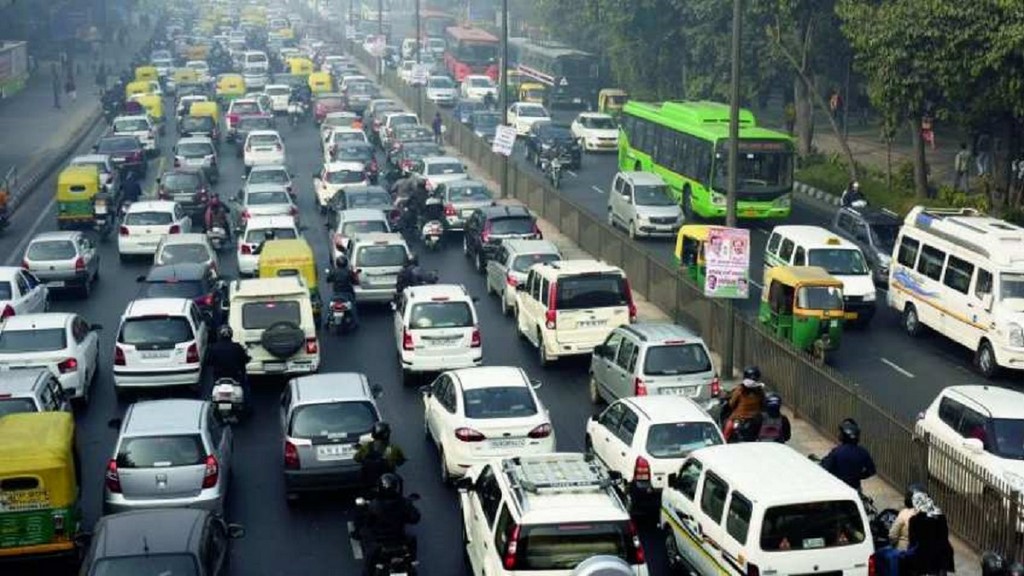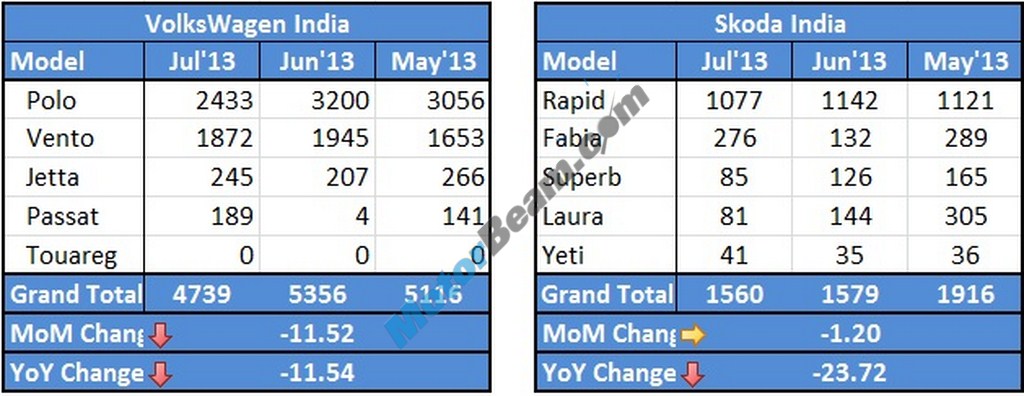
Delhi traffic violations to be monitored by artificial intelligence equipped cameras
In a bid to strengthen road safety and enforce traffic regulations, the Delhi government is set to deploy Artificial Intelligence (AI)-based cameras equipped with Automatic Number Plate Recognition (ANPR) technology.
With an estimated cost of Rs. 20 crores, the initiative aims to curb various violations, including triple riding, mobile phone usage while driving and the operation of vehicles without a valid Pollution Under Control Certificate (PUCC).
The Delhi Transport Department plans to implement an Integrated Traffic Enforcement Management System (ITMS) across the city. This initiative leverages advanced AI-based video analytics technology to reduce accidents and fatalities by identifying and penalising traffic rule violators.
The ANPR technology is a pivotal component of the ITMS, allowing operators to set traffic rules for specific junctions and cameras. The system can identify violations such as heavy vehicles during restricted hours and generate alerts in real-time. Additionally, the ANPR system maintains a comprehensive violation history for each vehicle, facilitating the generation of insightful reports.
The system targets major traffic violations prevalent in the capital, including speeding, riding without helmets, triple riding, driving without seat belts, phone usage while driving, uncovered goods carriage and overloading in the case of commercial vehicles. Other issues such as driving in the wrong lane, buses deviating from designated lanes and private vehicles obstructing roads are also addressed.
The ITMS provides actionable intelligence through innovative dashboards, offering insights into various parameters such as traffic violations, vehicle count, classification and historical trends. These features enable traffic planners to make informed decisions, ultimately creating safer and less congested roads for both motorists and pedestrians.
The ANPR software captures license plates and vehicle categories, categorizing them as ‘good,’ ‘bad/dilapidated,’ ‘broken,’ or ‘without numbers.’ Using image processing algorithms, the system achieves a high detection accuracy of 95% and a conversion accuracy of 90%. The ITMS dashboard integrates with the VAHAN database, allowing users to filter and search for vehicles based on multiple criteria.
The system automates the violation detection process and ticket generation based on ANPR conversion and violation detection confidence levels. Operators can configure confidence level thresholds for different applications such as red light violations and speed detection. The flexibility of the system extends to capturing violations from the front and back of the vehicle using a single camera for at least two lanes.




